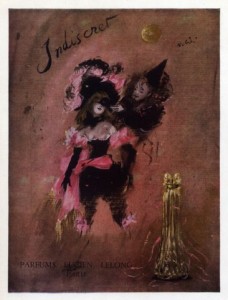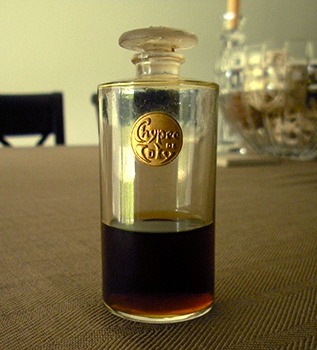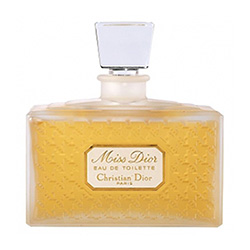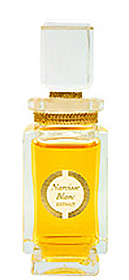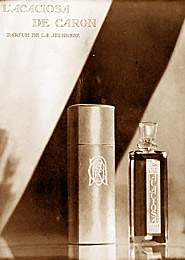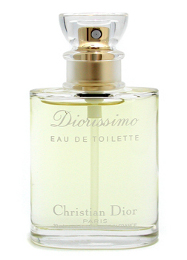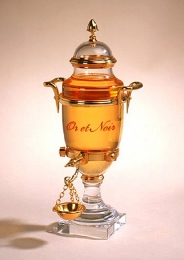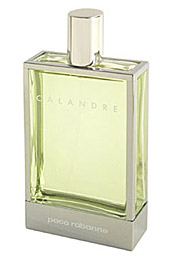Indescret is one of those rare finds that a lovely friend supplied me with on one of her many sojourns into antiques markets, estate sales, flea markets, and all other manner of excellent places I wish I lived close enough to her to enjoy too. I’ll always be grateful when she finds a fragrance treasure and sends me even the smallest samples though!
In Bottle: Heady and bitter, highly floral and possessing of that classic perfume scent that’s always hard to describe and can only be smelled and experienced to understand.
Applied: Indiscret is very strong upon application. It fills my nose, floods into my sinus cavity and clears things out as it hits my brain screaming of a bitter green and sharp orange. It settles down after about an hour but don’t think Indiscret gets any more mellow, it’s a powerhouse, keeps going and evolving and growing stronger the longer you wear it. The woodsiness comes up a bit more, along with some faded floral notes, the most I get is a very rounded jasmine that adds a very nice touch to smooth out the scent. The whole thing smells classic and I wish I had the eloquence to describe that classic, vintage fragrance smell adequately because it’s a beautiful thing and all budding perfumistas or fragrance fan needs to smell and experience it at least once. Indiscret, or at least the version I have, seems to have taken on a musty lower note as it ages hours later. It has a bit of spiciness with that woodsy scent but at the same time, there’s something a bit funky about the dry down that puts me off a little, but doesn’t turn me away. Judging from the other reviewer reactions, I have a feeling my particular juice may have gone off a little, which is a shame since people seem to describe the final stage of Indiscret as a smooth, creamy woodsy spicy affair.
Extra: Indiscret was released in the mid-1930s to Lucien Lelong, a very fancy brand back in the day. Indiscret was discontinued at some point, but is still somewhat available via eBay and select vintage fragrance sellers.
Design: The bottles I see have lovely, classic sweeping feminine curves and a beautiful looking flacon. If I could get my hands on it, I totally would. There are other designs as well, ranging from simpler rectangular flacons to mini sizes to more modernized bottles with shiny metallic-looking caps.
Fragrance Family: Floral Woodsy
Notes: Mandarin, bergamot, jasmine, tuberose, orange flower, rose, ylang ylang, geranium, iris, galbanum, woods.
Like most fragrances my friend picks up from antique stores, I can’t fully classify the year of the bottle and can only guess. My only recommendation for this one is to look for it, the more vintage and pure the better the experience. It’s a beautiful, full-bodied, very long-lasting vintage beauty!
Reviewed in This Post: Indiscret, ~1940, Eau de Parfum.




